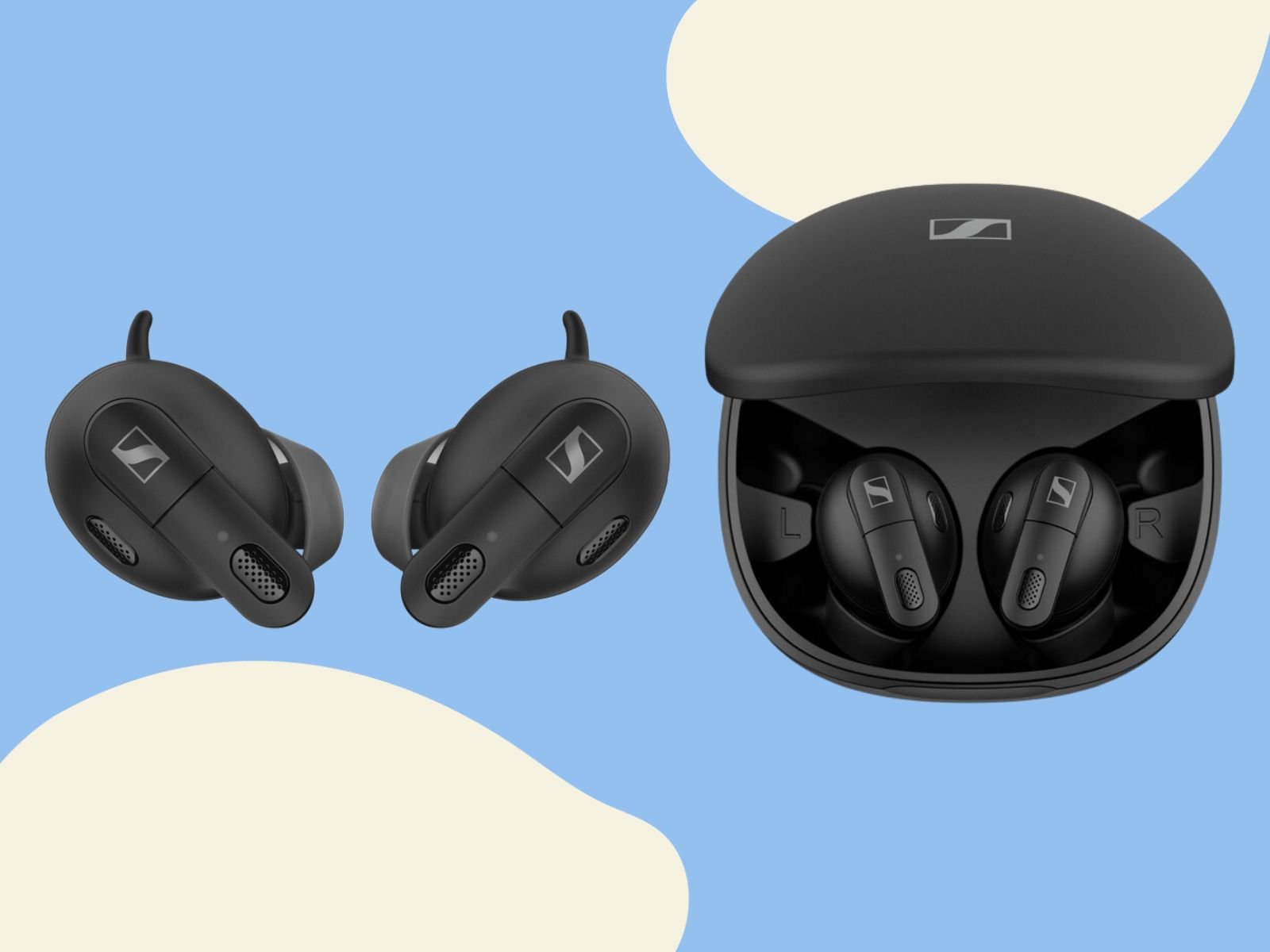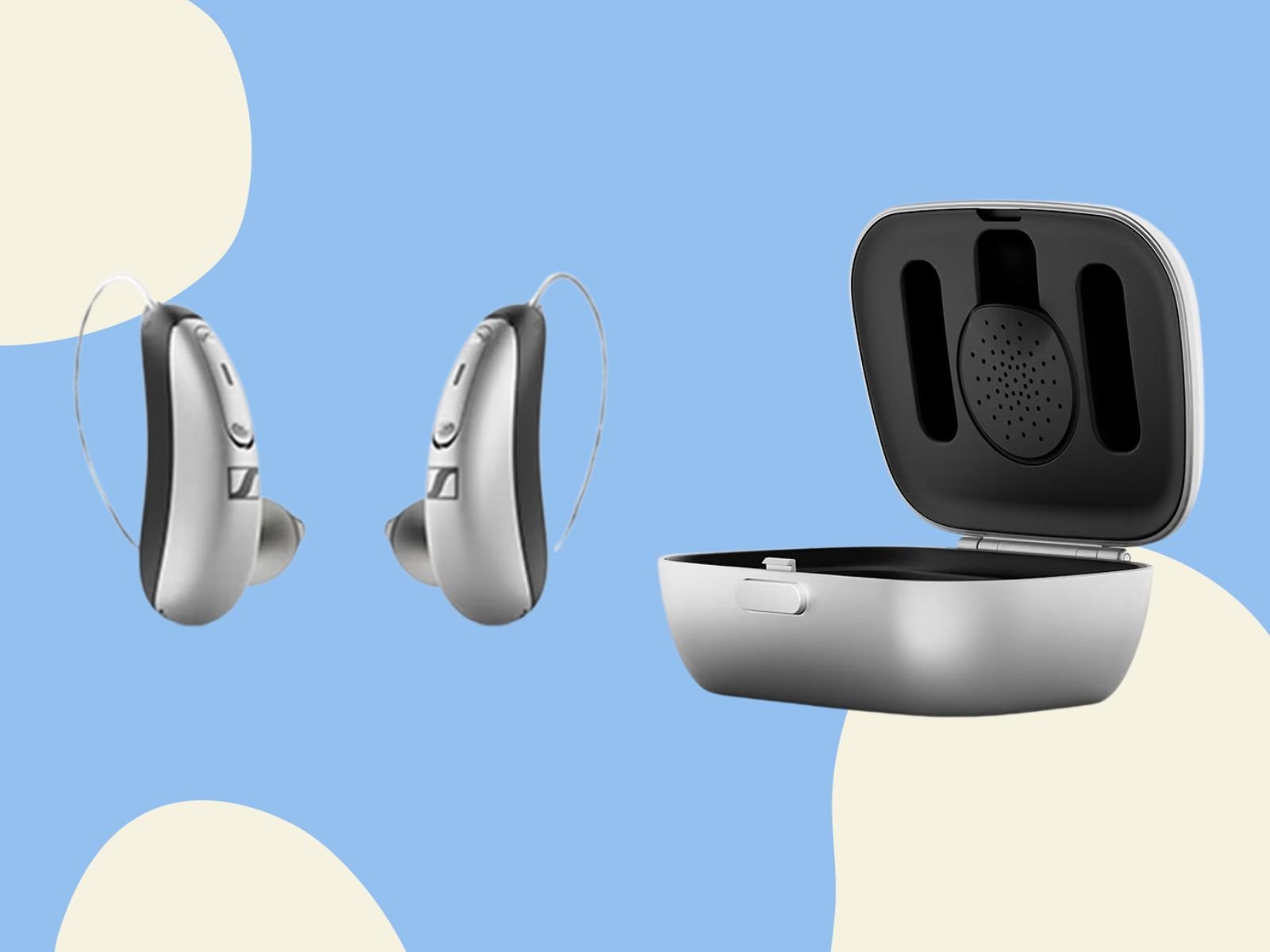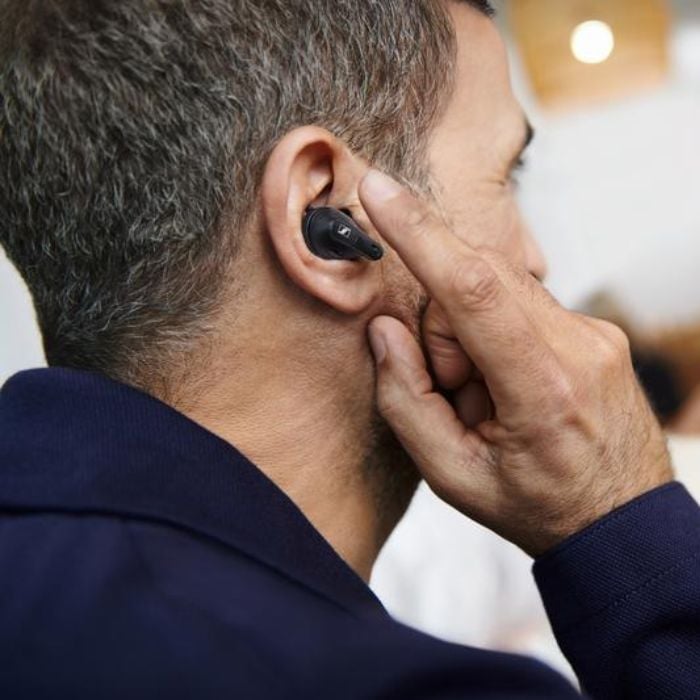As an audiologist, there is a common thread among many patients. It's a scenario that many describe as overwhelmingly common yet mystifying: struggling to hear in noisy settings. Even patients with normal hearing find background noise challenging, and it's fascinating that those with normal hearing can have such variable ability when it comes to hearing in background noise.
Some do fine at a noisy restaurant while others find conversation falls apart. How does our auditory system decide which conversations to tune into, and why does it sometimes get it so spectacularly wrong? In this article, we'll dive into the phenomenon known as the "cocktail party effect" and explore strategies for navigating it effectively.
Understanding the Cocktail Party Effect
The cocktail party effect is a term used to describe our ability to focus on one specific sound while filtering out other sounds in a noisy environment. It's named after the experience of trying to have a conversation at a cocktail party, where there is typically a lot of background noise from music, chatter, and clinking glasses.
Despite this background noise, we are able to tune in to the person we are speaking with and understand their words. However, this skill can vary greatly from person to person, and can fluctuate depending on factors such as fatigue or attention levels.
Our ability to selectively listen in background noise is possible due to the complex workings of our auditory system. Our ears pick up sounds and send them to the brain, which then processes and interprets them. In a noisy environment, this process becomes more challenging as there are multiple sounds vying for our attention.
Our brain must decide which sounds to focus on and which to ignore. If you've ever had a conversation in a noisy place and then suddenly heard your name, that's an example of your brain selectively attending to what is most important.
Factors Affecting the Cocktail Party Effect
While some individuals seem to have a natural knack for hearing in noisy settings, others struggle even with normal hearing sensitivity. There are various factors that can affect our ability to tune in to a specific sound in a noisy environment, including:
Age
As we age, our hearing sensitivity and ability to process sounds decline, making it more challenging to hear in background noise.
Hearing loss
Any level of hearing loss above 2000 Hz can make understanding speech in noise difficult. When we lose the ability to pick up high frequencies (2000 - 8000 Hz), it becomes harder to hear words clearly in a noisy environment.
Attention and fatigue
Our ability to focus on a specific sound requires effort and attention. If we are exhausted or not fully engaged in the conversation, our brain may not be able to filter out background noise effectively. As an analogy, you might think of olfactory fatigue (e.g., forgetting the strong perfume scent at a department store after spending significant time there). This is our brain's method of managing an influx of information and preventing sensory overload.
Cognitive processing
Some people have better cognitive abilities than others, which can impact their ability to process and interpret speech sounds in a noisy environment. Additionally, noisy environments are a rich tableau of competing sensory information to sort through (e.g., sights, sounds, scents, etc.).
To put it simply, the cocktail party effect presents challenges to communication for many. Perhaps you can identify with some of these:
- Missing the key details: When listening to your friend tell a story, you miss the punchline of the joke and try to fill in what was so funny that caused the group to erupt in laughter.
- Requesting repetition: You need to ask for repetition throughout the conversation to understand what is being said.
- Feeling frustrated: When you feel left out of the conversation, it can cause feelings of helplessness and frustration.
- Avoiding noisy environments: Some prefer to escape these challenging situations altogether to avoid awkward and frustrating encounters. However, this can exacerbate feelings of isolation and disconnection.
With all of the competing sensory input, it’s no wonder that noisy environments are especially challenging for communication. Having conversations in busy convention halls, restaurants, or on public transit can feel draining and tough to keep up with.
Technology at the Forefront
One company that is taking this challenge head on is Sennheiser. The German audio brand has an extensive history in application-based sound from audiophile headphones to vocal microphones.
With nearly eight decades of refinement in audio capture and reproduction, they have just the expertise necessary to provide insights into this complex issue.

They’ve created a pocketable hearing device that is meant specifically for individuals who struggle in noise-competitive environments.
As you’d expect from a brand like Sennheiser, their earbud-style technology delivers high fidelity speech reproduction, the ability to stream and connect to all of your digital devices, and most importantly, zeros in on the conversation in front of you using advanced digital signal processing. Read more about Sennheiser’s Conversation Clear Plus here.
Tips for Improving Hearing in Noisy Environments
Fortunately, there are strategies that can help individuals with hearing difficulties better understand speech in noisy settings. These include:
- Hearing technology
- Strategic seating
- Repair strategies
- Visual cues
Hearing Technology
For those with hearing difficulty in noise, using hearing technology with directional microphones can greatly improve the ability to hear and understand speech despite significant background noise. For those with normal hearing who struggle specifically in noise, Sennheiser's Conversation Clear Plus is a great option.
I tried Sennheiser's Conversation Clear Plus and was impressed with how I could focus on the person in front of me while reducing background noise surrounding me. Equipped with noise reduction features that zero in on your conversation partner, direction, beam-forming microphones that pick out sound sources, and even an app to make adjustments to your sound, this hearing technology is designed to fine-tune and help you enjoy the experience.
And while Sennheiser’s Conversation Clear Plus works well for situational use, if you have hearing loss a hearing aid will be a better option. Those with mild to moderate hearing loss will benefit more from Sennheiser’s new OTC hearing aid All-Day Clear. Think of these as situational hearing support, similar to reading glasses: put them on when you need them and take them off when you don’t.

Additionally, a prescription device from a local clinic is another great option for patients with complex needs, more severe hearing loss, or those who prefer a more ‘hands-on’ care model with in-person support.
Strategic Seating
Sometimes, the answer lies not in you but your surroundings. Making the most of the existing acoustic environment can be helpful, particularly through the strategic placement of yourself and others (i.e. sitting in a booth against a wall). When at a restaurant or party, try to sit in a quiet area or near the person you are speaking with.
Avoid sitting close to sources of background noise, such as speakers or a busy kitchen. Simple adjustments like these ease the cognitive load, allowing for an easier listening experience.
While these tips are useful for restaurant-goers, there are other ways to optimize room acoustics with additional resources. For example, office owners could design a room with fewer reflective surfaces, leading to less reverberation in the space.
Use Repair Strategies
The art of listening is often oversimplified. Yet, when we listen with intent, we engage our brains in a more focused, meaningful way, prime for reception. It's the difference between passive listening and active engagement.
Focus on the speaker's words and actively try to comprehend their message. Listening intently also helps with repair strategies. For example, repeat back the parts of the conversation that you understood, allowing your conversation partner to paraphrase the parts you didn’t understand.
Visual Cues
While your ears play a major part, don’t underestimate the supporting role of your eyes. Visual cues play a formidable supporting role—helping to reinforce the words, tone, and nuances of the conversation. Pay attention to the tone of voice, nonverbal cues and body language, and try to anticipate what will come next. Combining what you hear with what you see helps pull everything together, so that even if you miss a word here or there, the context cues you in to what's going on. And facial expressions can help get the meaning across as well. Our faces are veritable billboards advertising our true feelings and intentions. When you tune into these visual cues, the missed beats in a conversation begin to fill themselves in, making for an easier listening experience.
Final Thoughts
As we've navigated the solutions for better hearing in noise, it's evident that the journey is both personal and also commonplace. Whether you’re sporting a breakthrough piece of Sennheiser tech or simply choosing your seat with a strategy in mind, the goal is crystal clear—better communication, less frustration, and more of the key details with less struggle.
Remember, turning up the volume on your hearing savvy doesn’t have to be a solo endeavor. Gather your resources, get comfy with the idea of assistance from tech or technique, and let's keep the conversation going. After all, when it comes to participating fully in our soundscape, it's an invitation well worth accepting.






